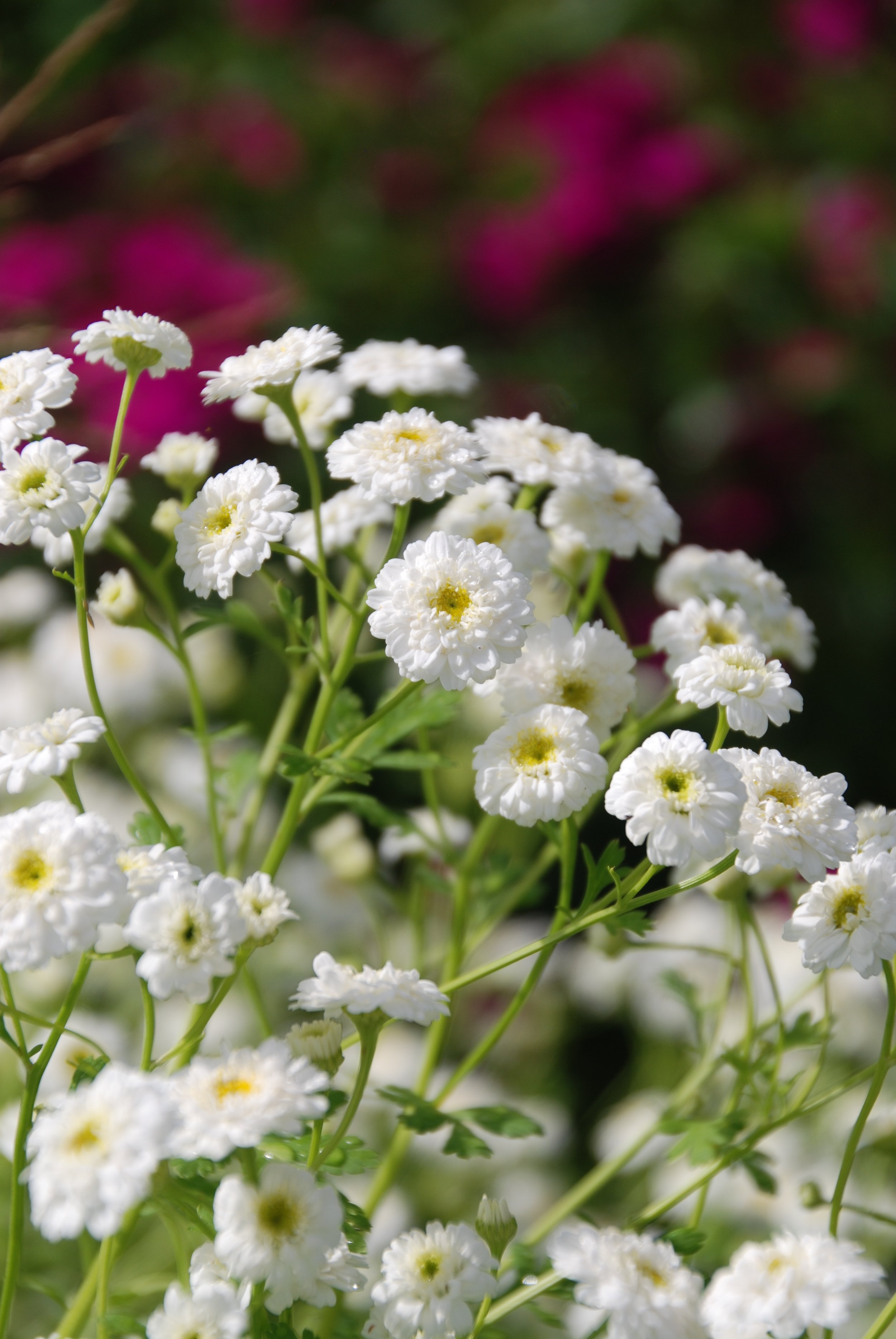You just returned home from the market with a gorgeous dried flower arrangement and wreath! How can you make them last and last, so you can enjoy the beauty as long as possible?
Here are 9 tips about how to take care of your dried flowers.
Do Not Add Water to the Vase of Your Dried Flower Arrangement
I know what you're thinking, "Okay, Captain Obvious.", but old habits die hard and some people forget they don't need to add water. Water will rot and mold the stems.
Do Not Hang Your Dried Flower Wreath Outside
The wind, rain, snow, sunlight, and humidity will damage the flowers.
Avoid Direct Sunlight
The direct sunlight will fade the bold colors of your flowers.
Avoid High Humidity
High humidity, like water in a vase, will cause your flowers to mold and rot.
Keep Your Dried Flowers Away from an Open Flame
I know, I know, here we go again with the Captain Obvious thing! But, some of the wreaths are just the right size for a candle base as a table centerpiece. Very tempting! You can still use them for that gorgeous centerpiece, just use a battery operated flameless candle in place of a wax candle with an open flame. Problem solved!
Be Gentle
Dried flowers are very delicate.
Be careful when handling your creation. Place it in a safe permanent location where it is least likely to get knocked over or crushed.
Keep It Out of Reach from Children and Pets
The flowers are not edible and we all know how much puppies and babies love to put things in their mouth! Yep! Cats, too!
Dust Off Your Dried Flowers with a Hair Dryer
Remember, dried flowers are delicate so don't blow them to smithereens with the setting on high! Keep it on the lowest setting and a slight distance from the flowers. It only needs to blow off some dust, not petals.
When You Are Ready to Put It Away
Store your dried flowers in a large (big enough that it won’t crush them) cardboard box in a dry location away from direct sunlight and humidity.





















